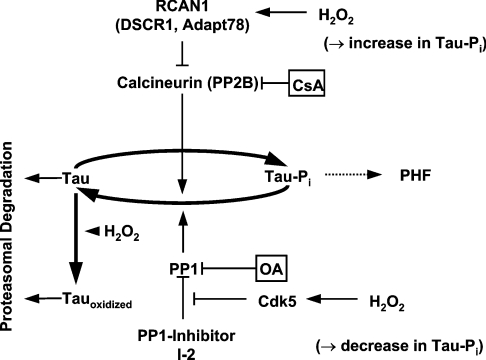Figure 8. Influence of phosphorylation on tau degradation by the proteasome during oxidative stress and following adaptation to oxidative stress.
Oxidative stress-mediated activation of Cdk5 leads to phosphorylation of the PP1 inhibitor I-2. I-2 then dissociates from PP1 and leads to PP1 ‘activation’ (de-repression). Consequently PP1 is able to dephosphorylate tau. On the other hand adaptation to oxidative stress leads to an increased tau phosphorylation by inducing RCAN1, a PP2B inhibitor, and GSK3β (a tau kinase). CsA inhibits PP2B, whereas OA inhibits PP1 and PP2A. Therefore these inhibitors increase the phosphorylation level of tau by different pathways, in different patterns, and to different extents. Phosphorylation of tau results in decreased tau degradation by the proteasome, and may lead to the formation of PHF. Tau is only mildly sensitive to direct oxidation, and mild oxidation does not alter the proteolytic susceptibility of the tau protein.

